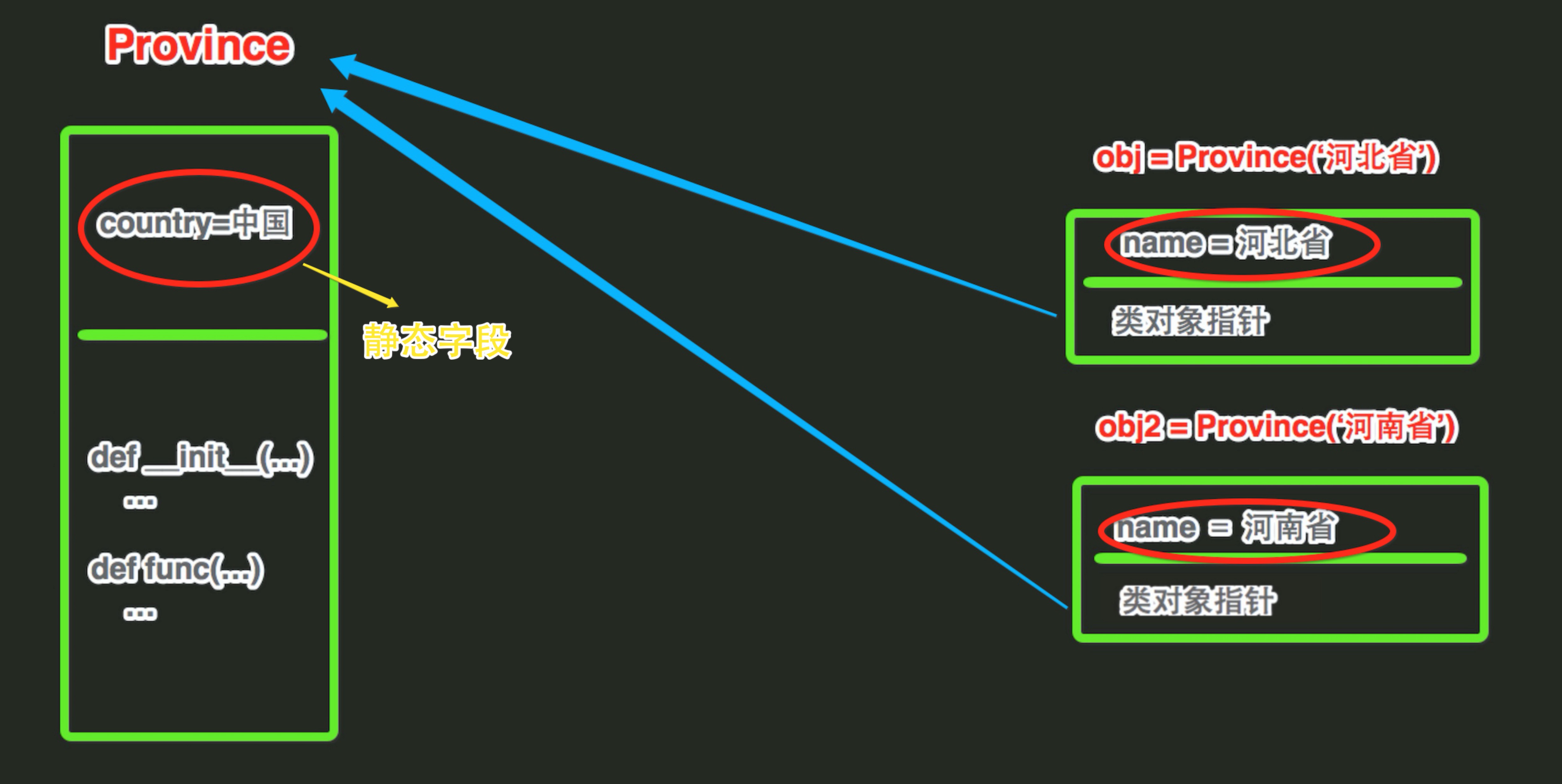[原文]
python的对象反射功能,经常在编程时使用.相比较其它的编程语言使用非常方便.反射就是用字符串来操作对象或者类,模块中的成员.

一.对象的反射
反射功能的实现,由这4个内置函数来实现(hasattr, getattr, setattr, delattr)
1.1.hasattr判断是否有某个成员
判断对象中是否有属性, 方法.返回bool值
1 2 3 4 5 6 7 8 9 10 11 12 13 14 15 16 17 18 19 20 | #!/usr/bin/env python # -*-coding:utf-8-*- class Foo(object): country = "china" def __init__(self, name): self.name = name def f(self): print "function f" obj = Foo("abc") print hasattr(obj, "name") #判断是否有name字段,返回True print hasattr(obj, "f") #判断是否有f方法,返回True print hasattr(obj, "ok") #没有这个方法,返回False print hasattr(obj, "country") #判断有没有静态字段,返回True print hasattr(Foo, "country") #使用类作为参数来判断 print "class:", Foo.__dict__.keys() print "obj:", obj.__dict__.keys() |
上例中使用对象作为obj参数来判断,是否有类的静态方法.也是可以的.因为对象的特殊性,先在对象中找是否有该成员,如果没在,通过对象指针,在去创建这个对象的类中找查
执行结果
| True True False True True class: ['__module__', 'f', 'country', '__dict__', '__weakref__', '__doc__', '__init__'] obj: ['name'] |
1.2.获取对象的成员
也可以使用对象来获取类的成员.和上例中的hasattr一样
1 2 3 4 5 6 7 8 9 10 11 12 13 14 15 16 17 18 | #!/usr/bin/env python # -*-coding:utf-8-*- class Foo(object): country = "china" def __init__(self, name): self.name = name def f(self): print "this is function = ", self.name obj = Foo("abc") print getattr(obj, "name") #获取对象的name字段 f = getattr(obj, "f") #通过对象获取类的方法 print f #打印出来是信类的方法 f() #加上括号就能直接调用执行这个的方法 print getattr(Foo, "country") print getattr(obj, "country") #使用对象也能找到静态字段 |
1.3.增加对象或者类的成员
动态的增加对象或者类中的成员
1 2 3 4 5 6 7 8 9 10 11 12 13 14 15 16 17 18 19 20 | #!/usr/bin/env python # -*-coding:utf-8-*- class Foo(object): country = "china" def __init__(self, name): self.name = name def f(self): print "this is function f.name = ", self.name obj = Foo("abc") setattr(obj, "age", 19) #增加普通字段 setattr(obj, "show", lambda num: num +1) #增加普通方法 setattr(Foo, "tel", "+086") #增加静态字段 print obj.age print Foo.tel print obj.show(10) |
执行结果
1.4.使用delattr动态的删除类或者方法成员
演示代码
1 2 3 4 5 6 7 8 9 10 11 12 13 14 15 16 17 18 19 20 | #!/usr/bin/env python # -*-coding:utf-8-*- class Foo(object): country = "china" def __init__(self, name): self.name = name def f(self): print "this is function f.name = ", self.name obj = Foo("abc") print getattr(obj, "name") delattr(obj, "name") #删除掉了对象的普通字段name print getattr(obj, "name") print getattr(Foo, "country") delattr(Foo, "country") #删除掉类的静态字段 print getattr(Foo, "country") #打印时说找不到些成员,报错 |
执行结果
| Traceback (most recent call last): File "D:/����/python/��������/day08/blog/fanshe.py", line 17, in <module> abc print getattr(obj, "name") AttributeError: 'Foo' object has no attribute 'name' |
二.在当前模块中使用反射
获取到对应的模块.
| #!/usr/bin/env python # -*-coding:utf-8-*- import sys data = "abc" def f1(): print "f1 function" def f2(): print "f2" this_module = sys.modules[__name__] print hasattr(this_module, "data") #使用反射 f1_get = getattr(this_module, "f1") #使用反射获取 f1_get() |
以上是反射对类,对象,模块成员操作的基本方法.
三.使用字符串自动导入模块
依据传入的字符串,自动导入模块.类似上文的方法反射
| import importlib my_moudle_name = "lib.aa" aa = importlib.import_module(my_moudle_name) print(aa) print(aa.C().name) |
执行结果
| <module 'lib.aa' from 'D:\python\day10\lib\aa.py'> ait24
|
